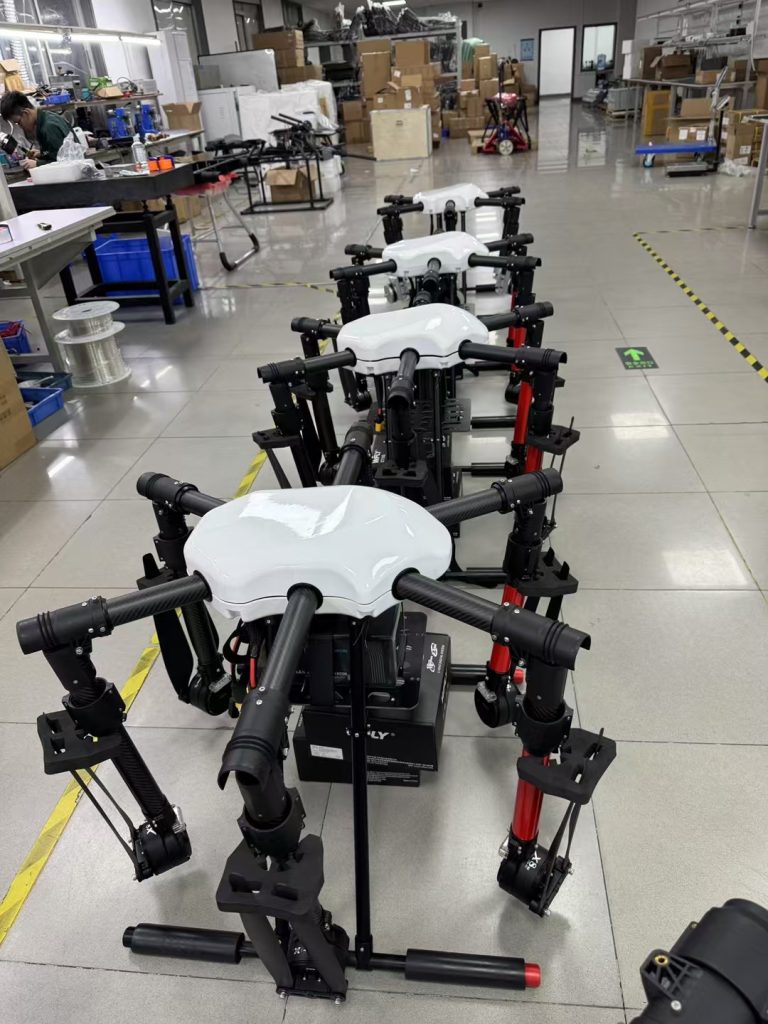
Finland’s countryside, a mosaic of misty lakes, dense birch forests, and fields of golden oats, is a testament to resilience. Here, agriculture is a quiet act of devotion—family farms, most spanning 10–30 hectares, tend crops like barley, potatoes, and rye, while dairy herds graze on lush pastures. For generations, these farms have fed the nation and exported high-quality grains and milk to Europe. Yet beneath the pristine surface, challenges loom. An aging farmer population (average age 56), a shrinking rural workforce as young Finns move to cities, and increasingly erratic weather—harsh winters, sudden summer droughts, and torrential rains—threaten the delicate balance of Nordic farming. It’s in this context of tradition and trial that an unassuming tool is taking flight: agricultural drones imported from China, now gliding over Finnish fields to prove that even in the land of the midnight sun, innovation can honor the past while securing the future.
Finland’s Farms: Cold Soils, Warm Hearts
Finnish agriculture is defined by its relationship with nature. In the south, near Helsinki, fields of malting barley stretch to the horizon; in the north, Lapland’s reindeer herders tend to their flocks amid Arctic tundra. Dairy farms, with their iconic red barns, are the backbone of rural communities, producing milk for Finland’s beloved leipäjuusto (bread cheese) and export markets. But for all its beauty, farming here is a test of endurance.
“To spray my 15 hectares of barley, I used to spend days with a tractor,” says Eero, a 61-year-old farmer in Jyväskylä. “The machine compacts the soil, and if rain comes unexpectedly, half the chemicals wash away. Last summer, a sudden drought stunted my crop—by the time I realized, it was too late to save it.”
Climate change has sharpened these struggles. Winters now bring less snow but more freeze-thaw cycles, weakening root systems. Spring floods delay planting, while summer heatwaves stress crops. Meanwhile, Finland’s strict environmental laws—aiming for carbon neutrality by 2035—require farmers to cut pesticide and fertilizer use without sacrificing yields. “We can’t afford to waste resources,” adds Liisa, who runs a family dairy farm in Oulu. “But doing it by hand? It’s impossible.”
Drones Built for Nordic Grit
When we first considered exporting to Finland, we didn’t just send drones built for warmer climates. We studied the north: its short growing seasons, the way farmers navigate frozen fields in winter, and the urgency of precision in a land where every drop of water or gram of chemical counts. What emerged was a design tailored not just to Finland, but to its spirit of resilience.
Cold-resistant and rugged: Our drones feature heated battery compartments and corrosion-resistant frames, thriving in -20°C winters and humid summers. “In the past, equipment froze or rusted within months,” Eero says. “This drone? It launched on the first snow-free day this spring—and it handled the spring mud without a hitch.”
Precision for small plots: Multispectral sensors map crop health at the individual plant level, flagging early signs of drought stress or fungal infections. For Liisa’s dairy farm, this meant optimizing pasture rotation: drones identified overgrazed areas, letting her move herds before the grass died. “The drone shows me exactly where the soil needs rest,” she explains. “My cows graze healthier, and the land recovers faster. Milk yields are up, and the vet bills are down.”
Simple to learn, rooted in community: Many Finnish farmers are tech-savvy but value tradition. We designed a Swedish-language interface (Finland’s second official language) with one-touch “health scan” modes and paired it with workshops led by local agronomists. “I thought drones were for tech bros,” admits Mikael, a young farmer in Vaasa helping his father grow rye. “But after a morning of training? I flew one myself. It’s like using a high-end camera—intuitive, and it makes me feel like I’m part of the solution.”
More Than Machines: Growing Trust in the Land of Lakes
In Finland, trust is earned over pulla (cinnamon buns) and conversations by the lake. We didn’t just ship drones; we set up a service hub in Helsinki and partnered with the Finnish Farmers’ Union to host “drone circles” where farmers shared tips and success stories. “Finnish farmers are pragmatic,” says Sanna, the union’s regional rep. “They need to see results, not promises. But once they do? They become advocates.”
That trust deepened when we adapted to their reality. During last winter’s record-breaking cold, we sent heated storage boxes free of charge to prevent battery damage. When Eero struggled with dense barley stalks blocking spray paths, our engineers adjusted the drone’s flight height—no extra cost. “You didn’t just sell us a tool,” Liisa says. “You stayed when the frost bit. That’s family.”
Today, drones are becoming part of Finland’s farming fabric:
-
Barley Fields (Jyväskylä): Eero now monitors his crop weekly, reducing chemical use by 38% and cutting runoff into nearby lakes. “My yields are stable, but my environmental footprint is smaller. Buyers in Germany love that—‘drone-tended’ barley fetches a premium.”
-
Dairy Pastures (Oulu): Liisa’s herd grazes on healthier grass, boosting milk protein content. “The drone is my eyes in the field. I can adjust rotations in real time—no more guessing.”
-
Rye Farms (Vaasa): Mikael uses drones to spot early signs of ergot, a fungal disease that ruins crops. “Catching it early saved 20% of my harvest last year. The drone is my new harvest guardian.”
A Future Where Tech Honors Tradition
What began as a trade deal has become a partnership. Finnish farmers teach us about their land: how drones handle Lapland’s strong winds, which crops (like cloudberries) need gentler spray settings, even which Finnish phrases make training stick (“Lennä, droni!”—“Fly, drone!”—is now a workshop mantra). In return, we’re refining our drones: larger tanks for Oulu’s bigger dairy pastures, quieter motors to avoid spooking reindeer, even frost-proof charging stations for Jyväskylä’s icy mornings.
As Finland pushes to double its organic farming by 2030, drones offer more than efficiency—they offer hope. They let young farmers like Mikael see a future tending land, not just chasing city jobs. They let elders like Eero pass down knowledge without burning out. And they let this nation of lakes and forests prove that even in a world of mega-farms, small plots can thrive with the right tools.
So when you next see a drone gliding over Finnish barley fields or dairy pastures, know this: it’s not just flying. It’s carrying the dreams of a community, the lessons of a factory halfway across the world, and the quiet belief that tradition and innovation can grow—side by side, season by season.
After all, the best technology doesn’t replace the past. It helps it flourish.
THE END

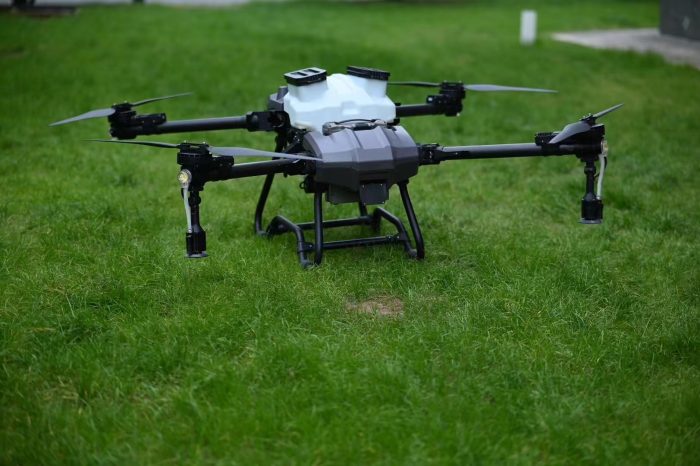
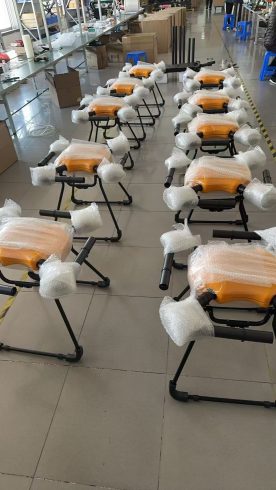
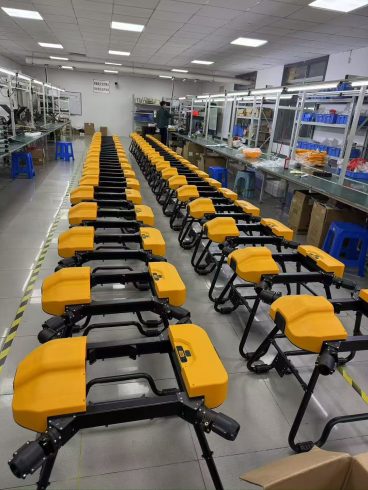


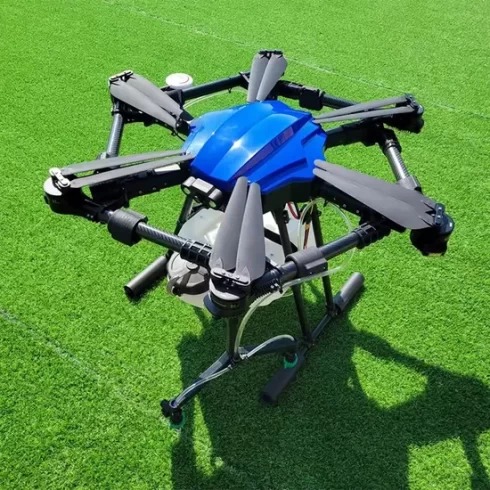

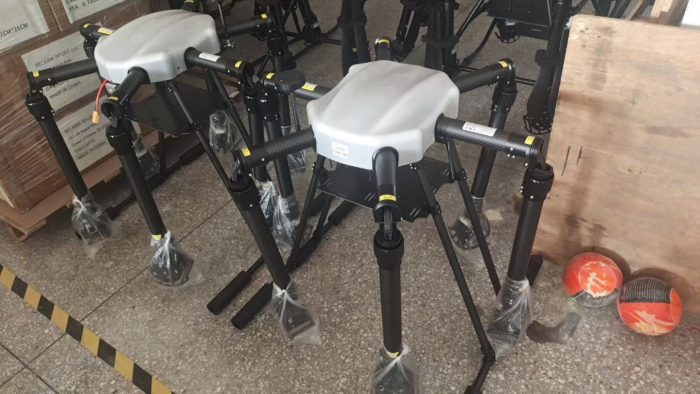

暂无评论内容